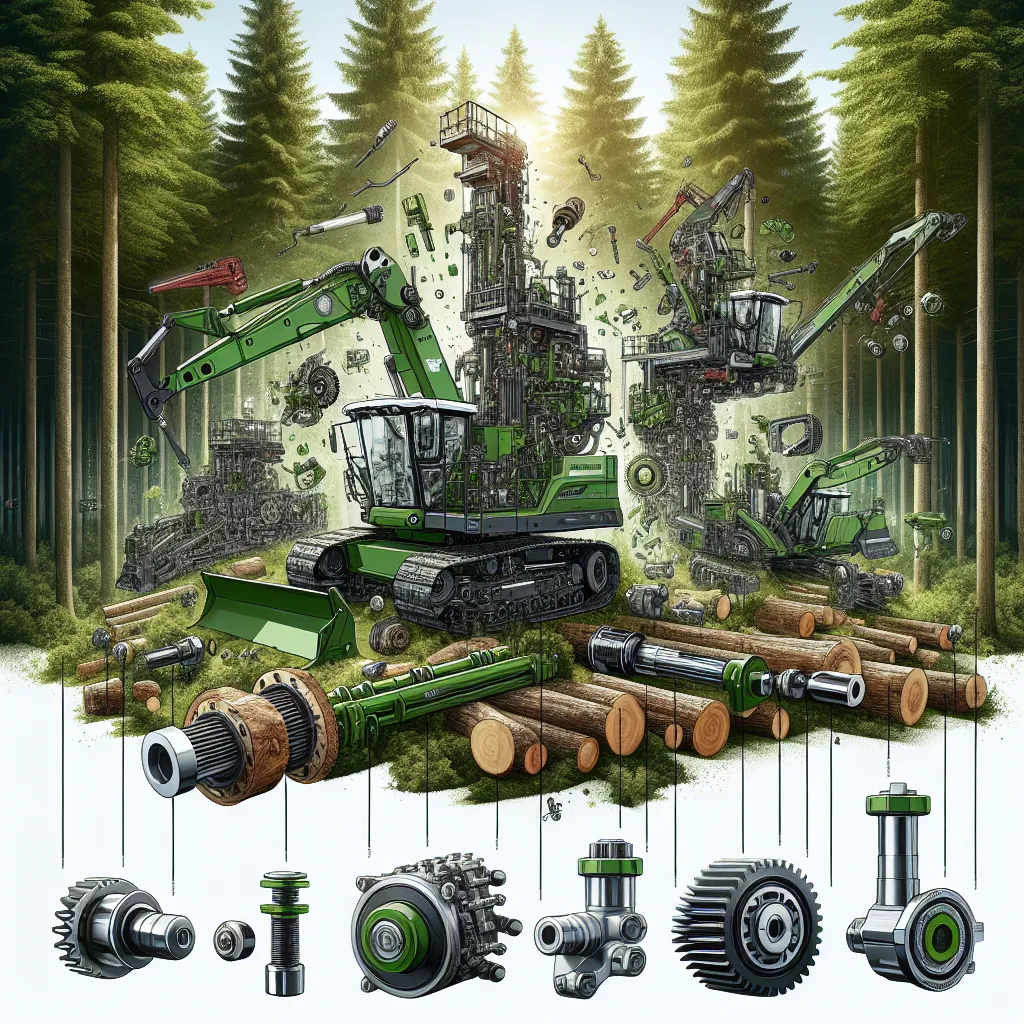Unlocking the Best Deals on Fanola Wholesale in the UK
In the competitive world of professional hair care products, finding the best deals on Fanola wholesale in the UK is crucial for salons and retailers looking to cut costs without compromising quality. This article offers valuable insights and strategies for businesses to secure the most competitive wholesale deals on Fanola products. By establishing direct relationships with reputable wholesalers, taking advantage of bulk purchasing and discounted rates, as well as staying informed about promotions and incentives, businesses can effectively reduce expenses and maximize profit margins. Additionally, leveraging online platforms to compare prices and offerings from various suppliers can empower businesses to make informed decisions and secure the best possible deals on Fanola products. Ultimately, unlocking savings on Fanola wholesale in the UK is not only achievable but essential for success in the hair care market. For further information and access to exclusive Fanola wholesale deals in the UK, visit fanola wholesale uk.
























